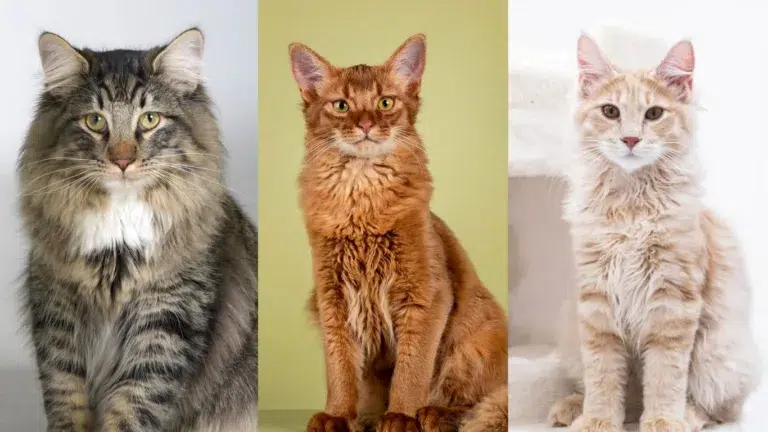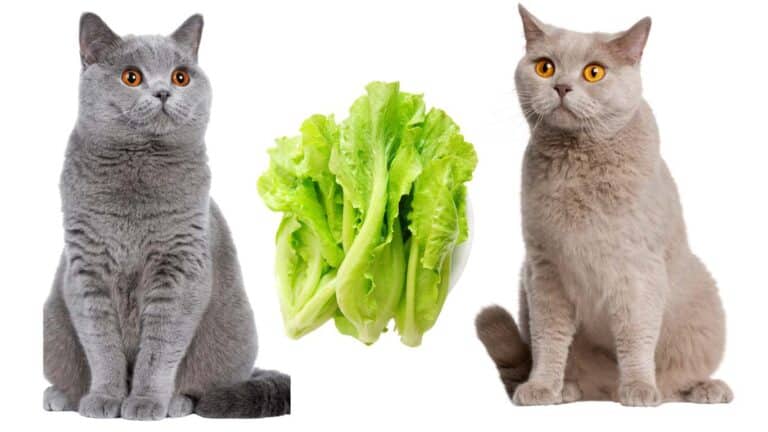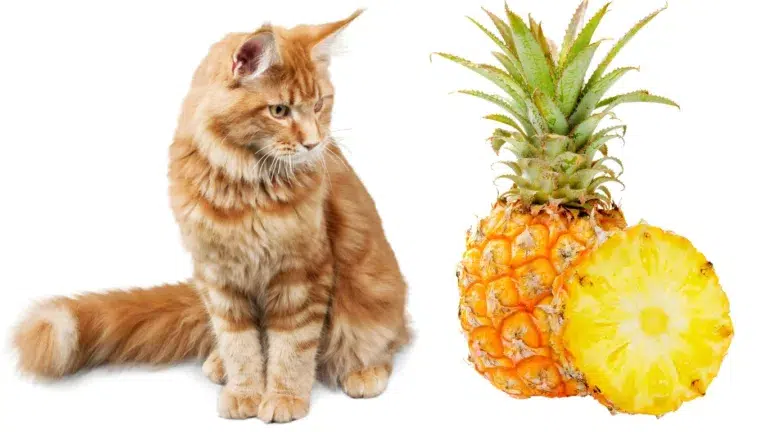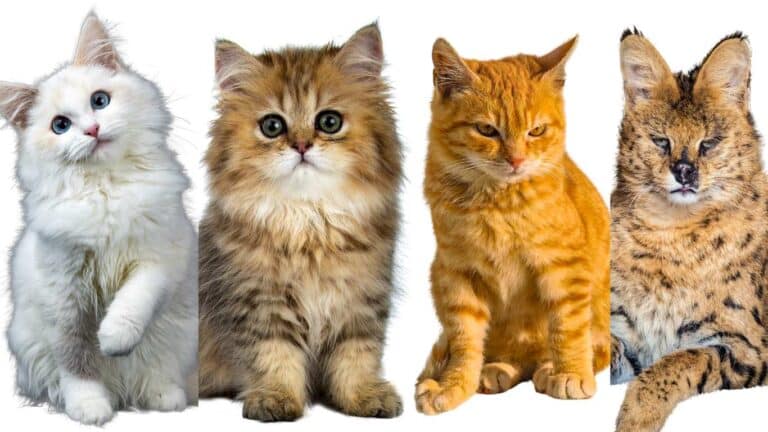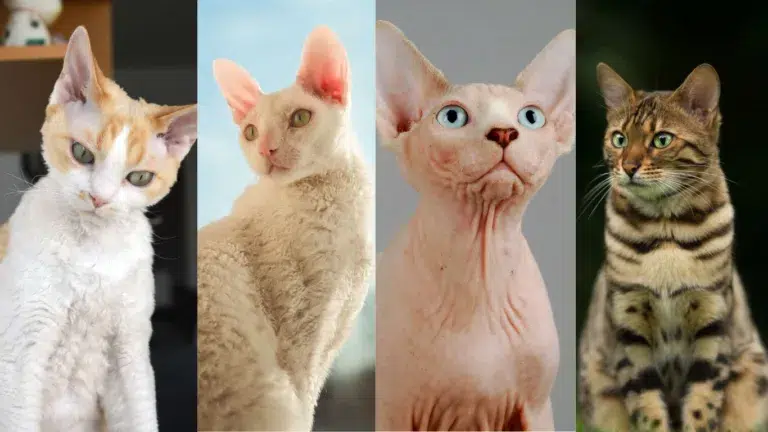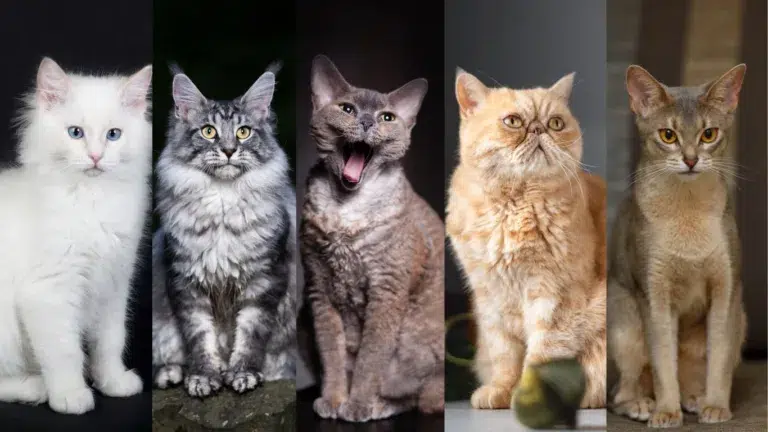Welcome to the world of mackerel tabby cats! If you’re fascinated by the beautiful coat patterns of striped cats, you’ve come to the right place. In this article, we will delve into the traits and care tips for mackerel tabbies, shedding light on their captivating patterns, genetics, and unique characteristics. Whether you’re a first-time cat owner or a seasoned enthusiast, this guide will provide you with valuable insights into the world of these adorable feline companions.
Before we begin, let’s take a moment to admire the mesmerizing mackerel pattern exhibited by these cats. The delicate stripes resembling a fishbone skeleton make mackerel tabbies stand out among other coat patterns. Although they are not a specific cat breed, the mackerel tabby pattern can be found in various cat breeds, making each tabby cat unique in its own way.
Feline Insights:
What Makes Mackerel Tabby Cats Special?
One of the most striking things about mackerel tabby cats is their distinctive coat patterns. These cats have stripes on their bodies that create a unique fishbone-like pattern, setting them apart from other tabby cats.
But that’s not all. Mackerel tabbies also have an M-shaped marking on their foreheads, which is reminiscent of wild cats like cheetahs and tigers. This M-shaped marking is believed to represent the word “Mau,” the ancient Egyptian word for cat, adding a touch of mystique to these beautiful felines.
Aside from their visually appealing features, mackerel tabbies are known for their intelligence. These cats are considered to be smart, making them quick learners and problem solvers. So, if you’re looking for a clever and visually stunning companion, a mackerel tabby cat might be the perfect choice for you.
Now that you know what makes mackerel tabby cats special, let’s delve into the genetics behind their distinctive patterns.
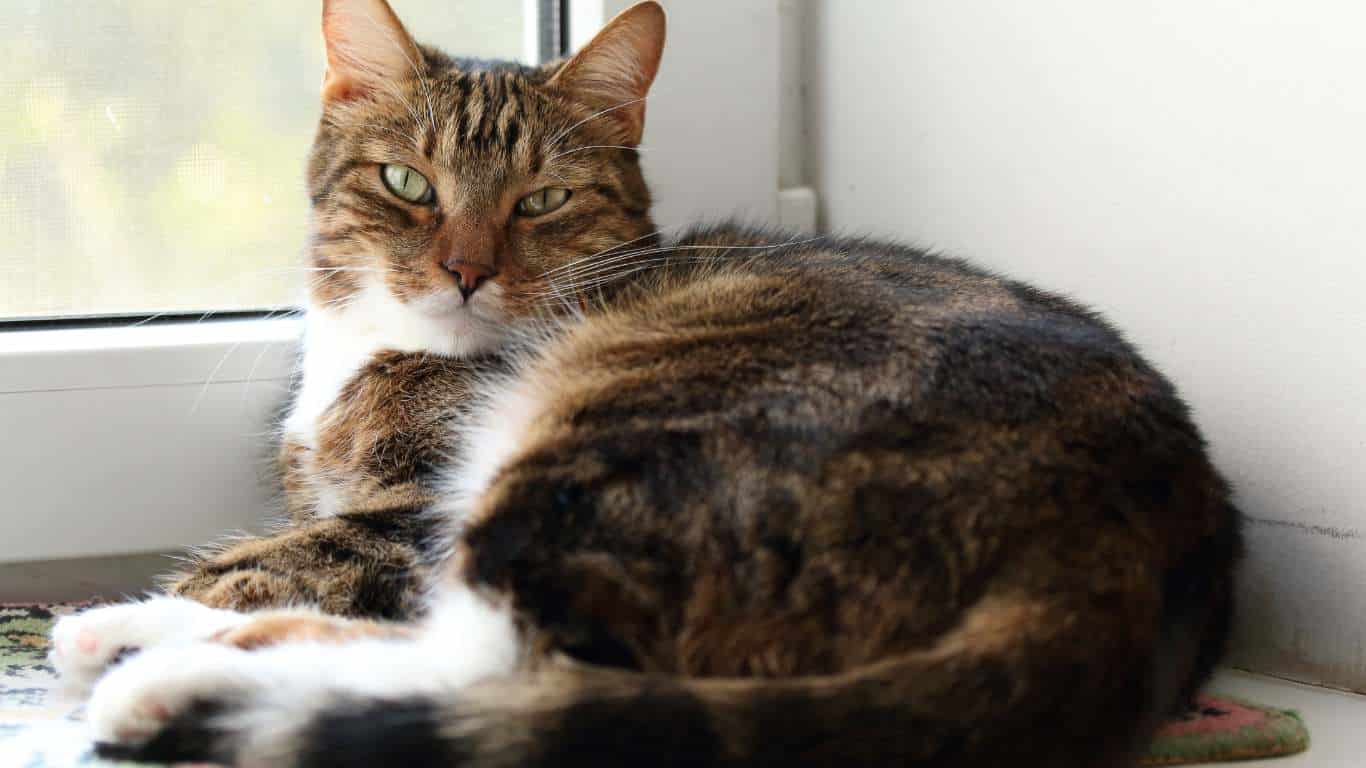
The Genetics of Mackerel Tabby Cats
Mackerel tabbies inherit their coat pattern from the tabby gene, which is found in all domestic cats. This gene plays a crucial role in determining the distinct coat patterns seen in tabby cats, including the mackerel pattern. The tabby gene has two variations – the dominant agouti gene (A) and the recessive non-agouti gene (a).
Cats with the dominant agouti gene (A) express the visible tabby pattern, while cats with the recessive non-agouti gene (a) do not exhibit the tabby coat pattern. The agouti gene determines the production of eumelanin, the pigment responsible for the dark stripes or markings on a tabby cat’s fur.
Mackerel tabbies, like other tabby cats, have a characteristic striped pattern on their coats. This pattern is a result of the agouti gene’s influence on the distribution of pigments in the fur. Mackerel tabbies inherit the dominant agouti gene (A) from their parents, resulting in the expression of the tabby coat pattern with distinct stripes.
The tabby pattern inheritance follows a predictable pattern. When two cats with the dominant agouti gene (A) breed, they can produce both mackerel tabbies and other tabby coat patterns in their offspring. However, if a cat with the recessive non-agouti gene (a) mates with a cat carrying the dominant agouti gene (A), the offspring will not have the tabby pattern.
The Dominant Agouti Gene (A)
The dominant agouti gene (A) is responsible for the expression of the tabby coat pattern in mackerel tabbies. It controls the distribution of eumelanin, which results in the dark stripes or markings on their fur. Cats with the dominant agouti gene (A) have a visible tabby pattern and inherit this gene from their parents.
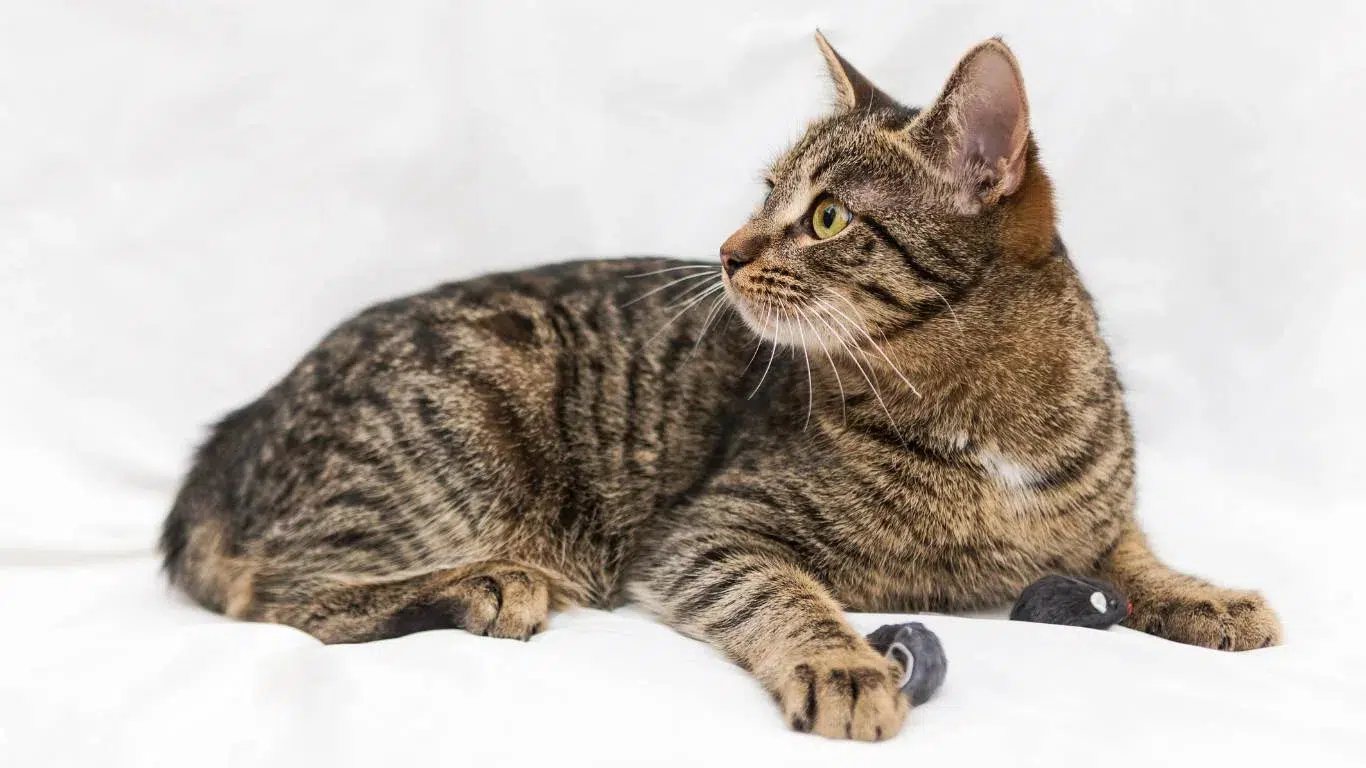
The Recessive Non-Agouti Gene (a)
The recessive non-agouti gene (a) is an alternative form of the tabby gene that does not express the tabby coat pattern. Cats with this gene do not have the characteristic stripes or markings seen in tabby cats. The recessive non-agouti gene (a) can be carried by cats without visible tabby patterns, such as solid-colored cats.
The inheritance of coat patterns and the tabby gene is a fascinating aspect of feline genetics. Understanding the genetics behind mackerel tabby cats and their coat patterns provides valuable insights into their unique and beautiful appearance.
Physical Characteristics of Mackerel Tabby Cats
Mackerel tabbies exhibit physical characteristics that make them easily recognizable. These distinctive features set them apart from other feline breeds. While not every mackerel tabby cat will have all these traits, they are commonly observed in cats with this coat pattern.
Mackerel tabbies often have an M-shaped marking on their foreheads. This marking, also known as the “tabby M,” is a dark pattern that resembles the letter M. It is caused by the alternating bands of darker and lighter hair pigmentation. This unique feature can give mackerel tabbies a mischievous and mysterious appearance.
Another noticeable characteristic of mackerel tabbies is the presence of stripes on their coat. These stripes can be bold or more subtle, but they are typically present along the body, legs, and tail. The striped pattern can vary in width and color intensity, resulting in a beautiful, mesmerizing look that resembles the skeletal structure of a fish.
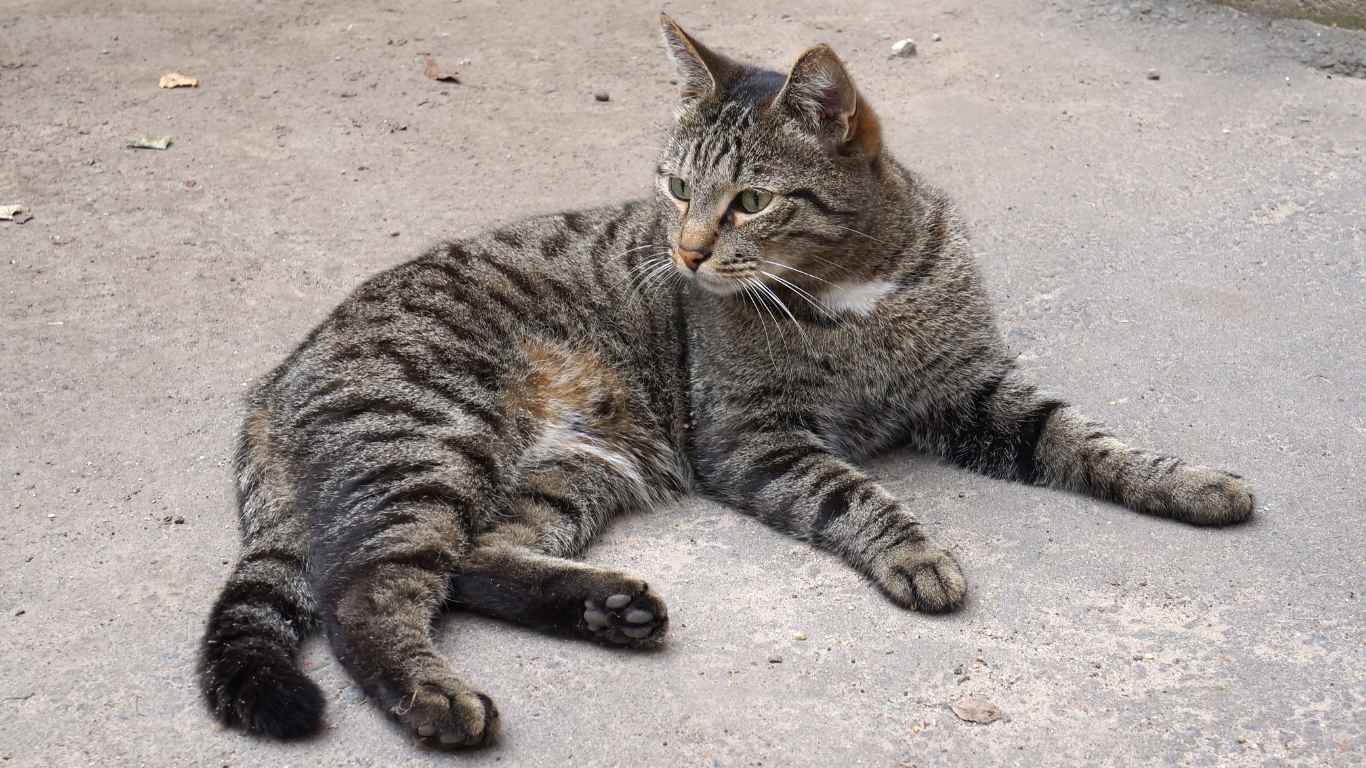
Mackerel tabbies may also have a touch of “eyeliner” around their eyes. This dark pigmentation around the eyes adds depth to their gaze, enhancing their captivating and expressive eyes.
Overall, the physical characteristics of mackerel tabby cats, such as the M-shaped marking, striped pattern, and eye accentuations, contribute to their unique charm and beauty.
Physical Characteristics
| Physical Characteristic | Description |
|---|---|
| M-shaped marking | An M-shaped marking on the forehead, caused by dark and light hair pigmentation. |
| Striped pattern | Distinctive stripes running along the body, legs, and tail, resembling a fish skeleton. |
| “Eyeliner” effect | Dark pigmentation around the eyes, enhancing their gaze. |
Different Types of Tabby Markings
Tabby cats come in various patterns and markings that distinguish them from other coat patterns. Let’s explore the different types of tabby markings, including classic, mackerel, spotted, ticked, and patched.
Classic Tabby
The classic tabby cats have bold swirls and circular patterns on their coats, creating a beautiful “target” appearance. These patterns can be seen on their bodies, legs, and tails. Classic tabby cats are known for their striking and eye-catching coat patterns.
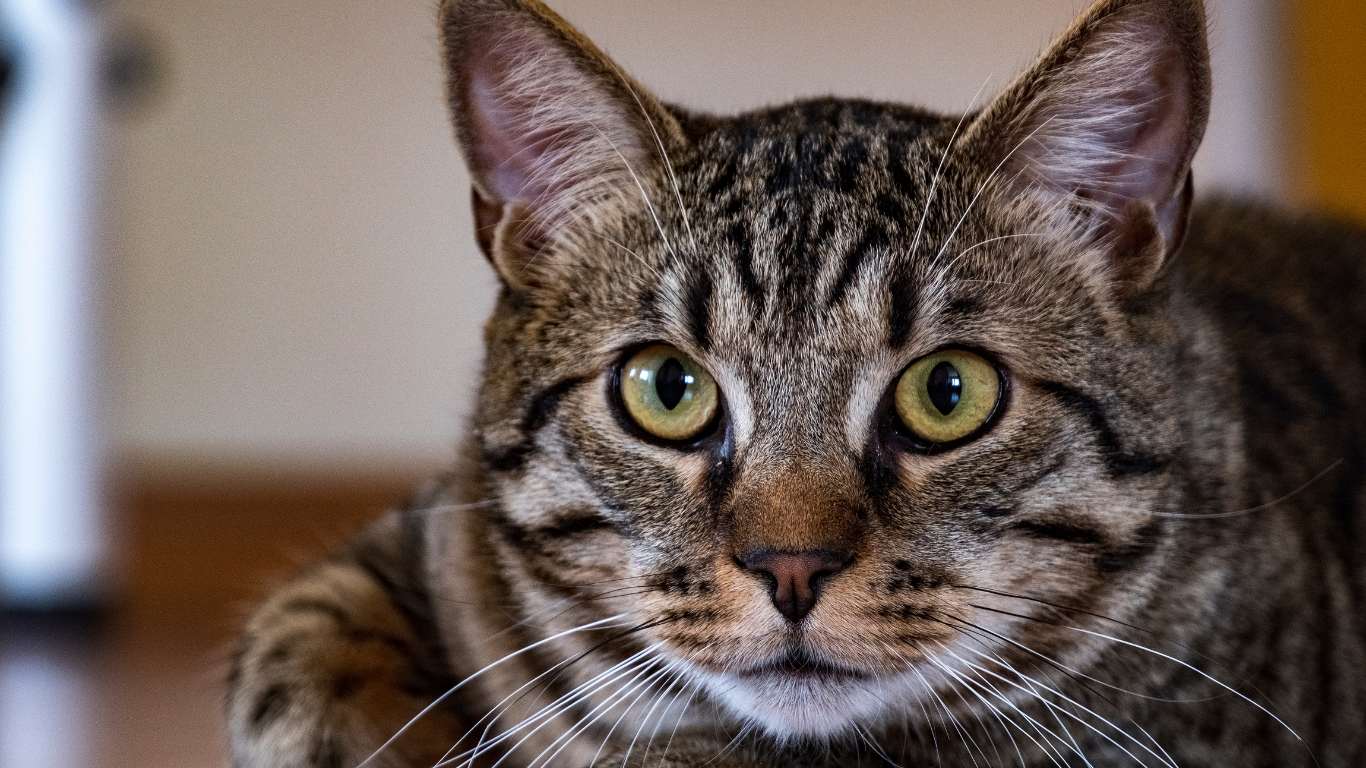
Mackerel Tabby
Mackerel tabby cats, as the name suggests, have a distinctive striped pattern that resembles a fish skeleton. The lines run parallel down their bodies, creating an elegant and unique look. Mackerel tabbies are one of the most common tabby markings.
Spotted Tabby
Spotted tabby cats have spots instead of stripes on their coats. These spots can be small or large, irregularly scattered across their bodies. Spotted tabbies have a playful and lively appearance due to their spotted patterns.
Ticked Tabby
Ticked tabby cats have a more subtle coat pattern. They have agouti hairs that create a salt-and-pepper appearance on their coats. This gives them a finely textured and speckled look. Ticked tabbies are often associated with breeds like Abyssinians and Somalis.
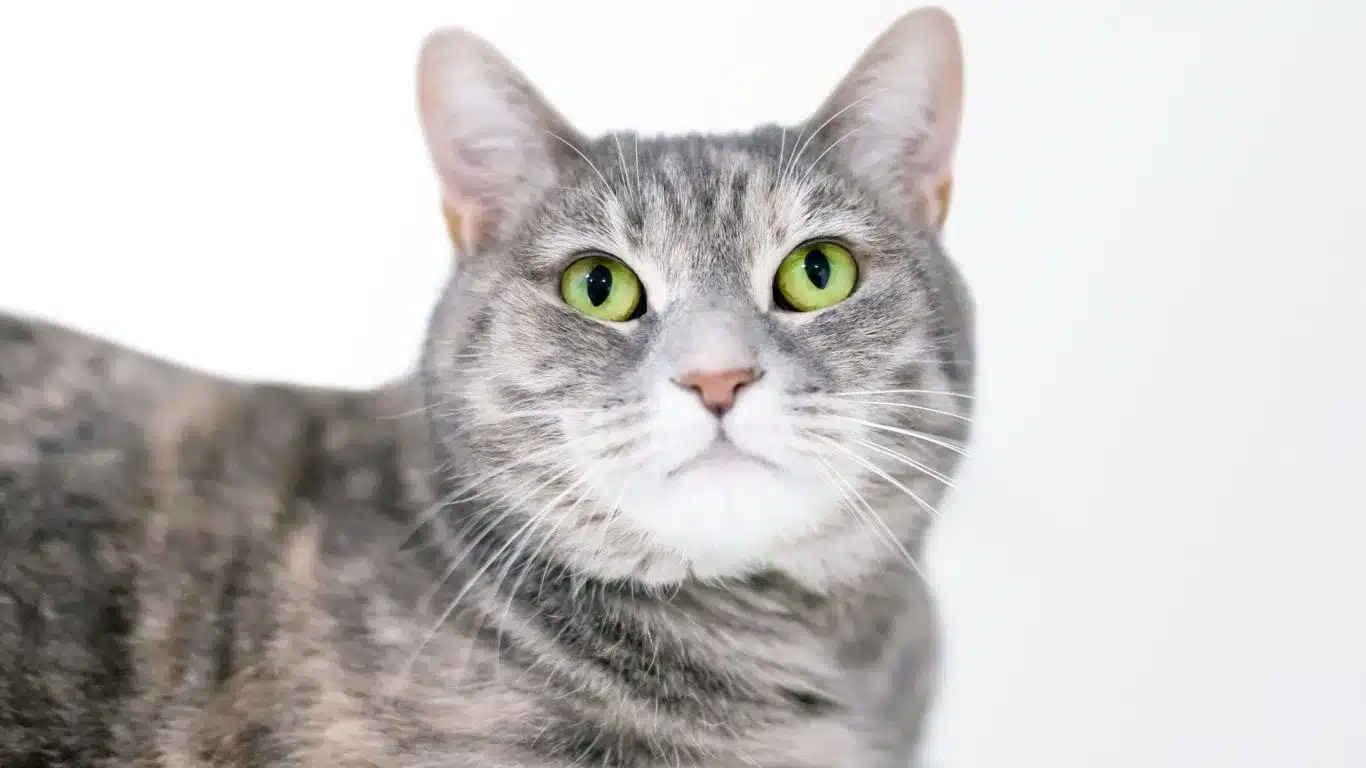
Patched Tabby
Patched tabbies have a combination of the tabby markings with other colors or patterns. These cats often display patches of tabby patterns mixed with patches of other colors, such as tortoiseshell or calico. The resulting pattern can be unique to each cat, making patched tabbies truly one-of-a-kind.
Each type of tabby marking has its own charm and adds to the uniqueness of tabby cats. Whether it’s the bold swirls of the classic tabby, the striped pattern of the mackerel tabby, or the spots of the spotted tabby, tabby cats are truly a delight to behold.
| Tabby Marking | Description |
|---|---|
| Classic Tabby | Bold swirls and circular patterns |
| Mackerel Tabby | Distinct striped pattern resembling a fish skeleton |
| Spotted Tabby | Spots instead of stripes on the coat |
| Ticked Tabby | Agouti hairs creating a salt-and-pepper appearance |
| Patched Tabby | Combination of tabby markings with other colors or patterns |

Personality and Temperament of Mackerel Tabby Cats
Mackerel tabby cats, regardless of their breed, possess distinct personalities and temperaments. These feline companions are often described as playful, active, and curious, making them delightful pets for cat lovers. With their intelligence and problem-solving skills, mackerel tabbies are capable of providing endless entertainment and companionship.
While each mackerel tabby has a unique personality, there are common traits that can be observed across different cat breeds. The following are some key characteristics often associated with mackerel tabby cats:
- Playfulness: Mackerel tabbies are known for their playful nature, constantly seeking stimulation and engaging in interactive activities. From chasing toys to pouncing on feathers, these cats are always up for a game.
- Activity: With their high energy levels, mackerel tabbies require regular exercise to keep them physically and mentally stimulated. Interactive playtime and providing climbing structures can help satisfy their need for activity.
- Curiosity: Mackerel tabby cats are naturally curious creatures, always on the lookout for new adventures and explorations. They enjoy investigating their surroundings and may get into mischief if not provided with enough stimulation.
- Intelligence: These cats are often praised for their intelligence and ability to learn new things. They can quickly grasp training cues and enjoy mental challenges like puzzle toys that require problem-solving skills.
It is important to note that individual mackerel tabbies may exhibit variations in their personalities, influenced by factors such as their upbringing, socialization, and unique genetic traits. Spending quality time with your mackerel tabby, observing their behaviors, and providing appropriate mental and physical stimulation can help foster a strong bond and better understand their individual traits.
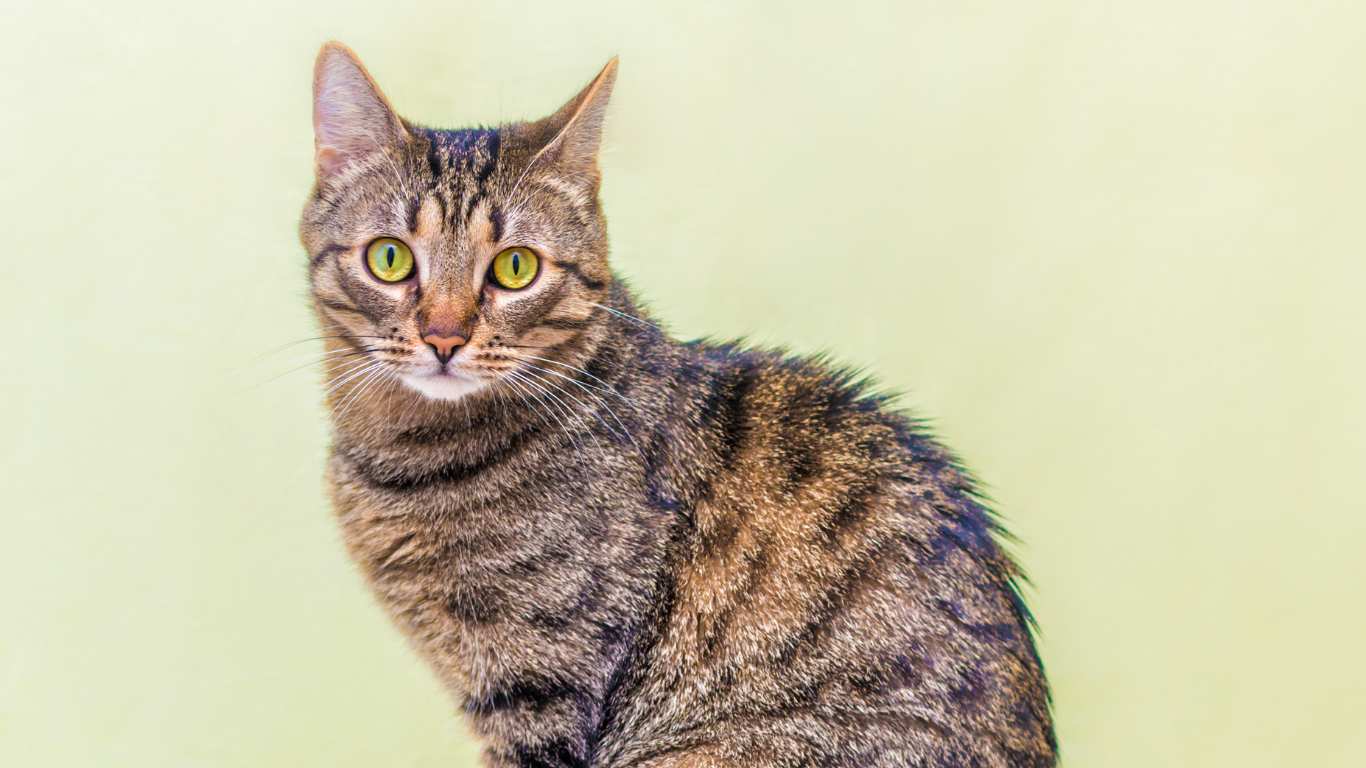
“Mackerel tabby cats are incredibly playful and full of energy. They bring joy and excitement to any household with their endless antics and clever problem-solving skills.”
–Happy Mackerel Tabby Ownerr
Mackerel Tabby Cat Colors
Mackerel tabby cats exhibit a wide range of coat colors that add to their unique charm and beauty. Whether you prefer the gentle hues or the vibrant shades, the colors of mackerel tabby cats are truly captivating. Here are some of the common coat colors seen in these delightful felines:
Blue
The blue coat color of mackerel tabbies is a combination of light gray and dark gray, creating a stunning and sophisticated look. The harmonious blend of these shades gives them an elegant appearance that is sure to turn heads.
Brown
Mackerel tabbies with brown coats showcase a blend of dark brown and light brown, resulting in a warm and earthy complexion. This color variation gives them a natural and classic appeal, making them even more attractive.
Cream
A cream coat color in mackerel tabbies presents a lovely light orange shade that exudes a sense of warmth and softness. This delicate coloration adds an element of gentleness to their already charming appearance, making them even more endearing.
Red
The red coat color of mackerel tabbies features coffee-colored stripes that are visually striking. This rich hue enhances their overall presence and showcases their bold and unique mackerel tabby pattern.
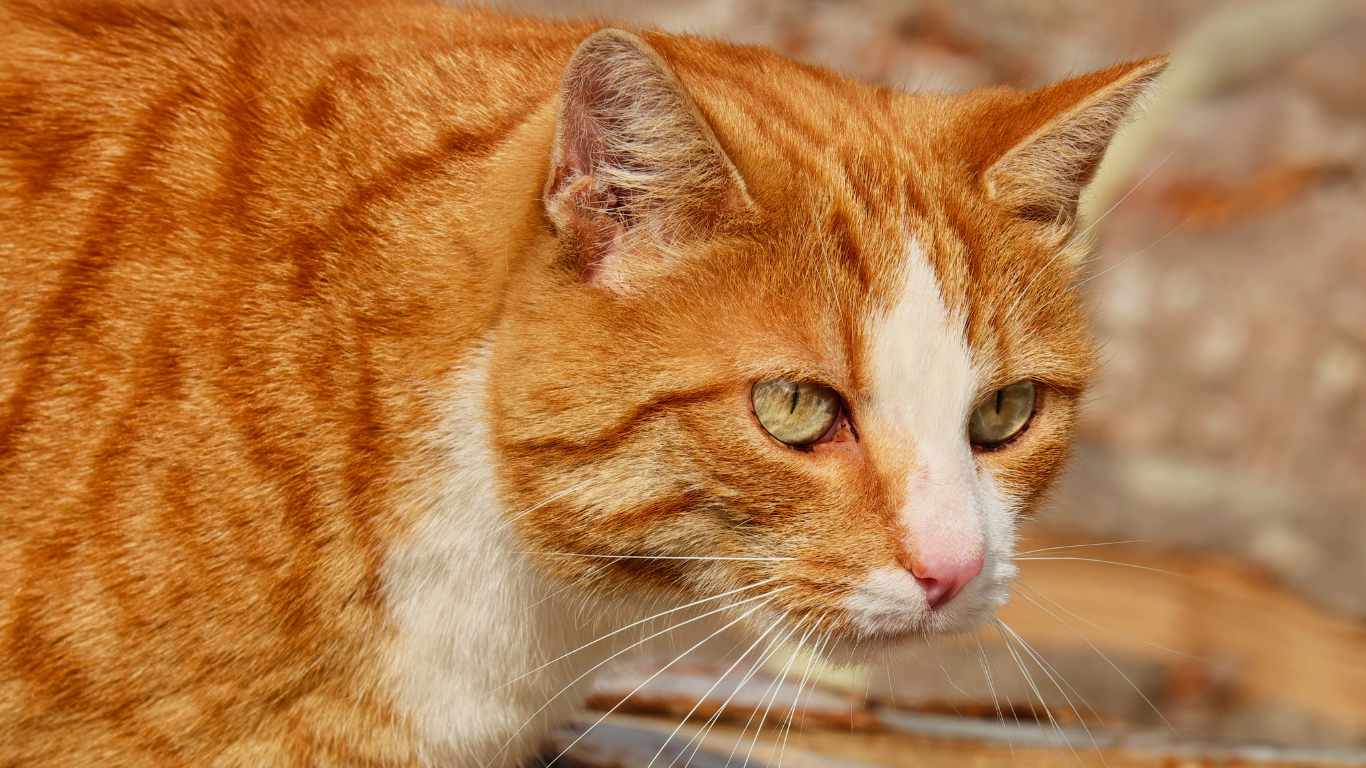
Silver
With a light gray shade, mackerel tabbies with silver coats exhibit a touch of elegance and refinement. The silver coloration enhances the visibility of their distinct striped pattern and adds a touch of sophistication to their overall look.
The intensity and patterns of these coat colors can vary from cat to cat, making each mackerel tabby truly one-of-a-kind. Now, let’s take a closer look at the different types of tabby markings that can further enhance their beauty and uniqueness.
Continue reading to discover the fascinating world of tabby markings and their diverse characteristics.
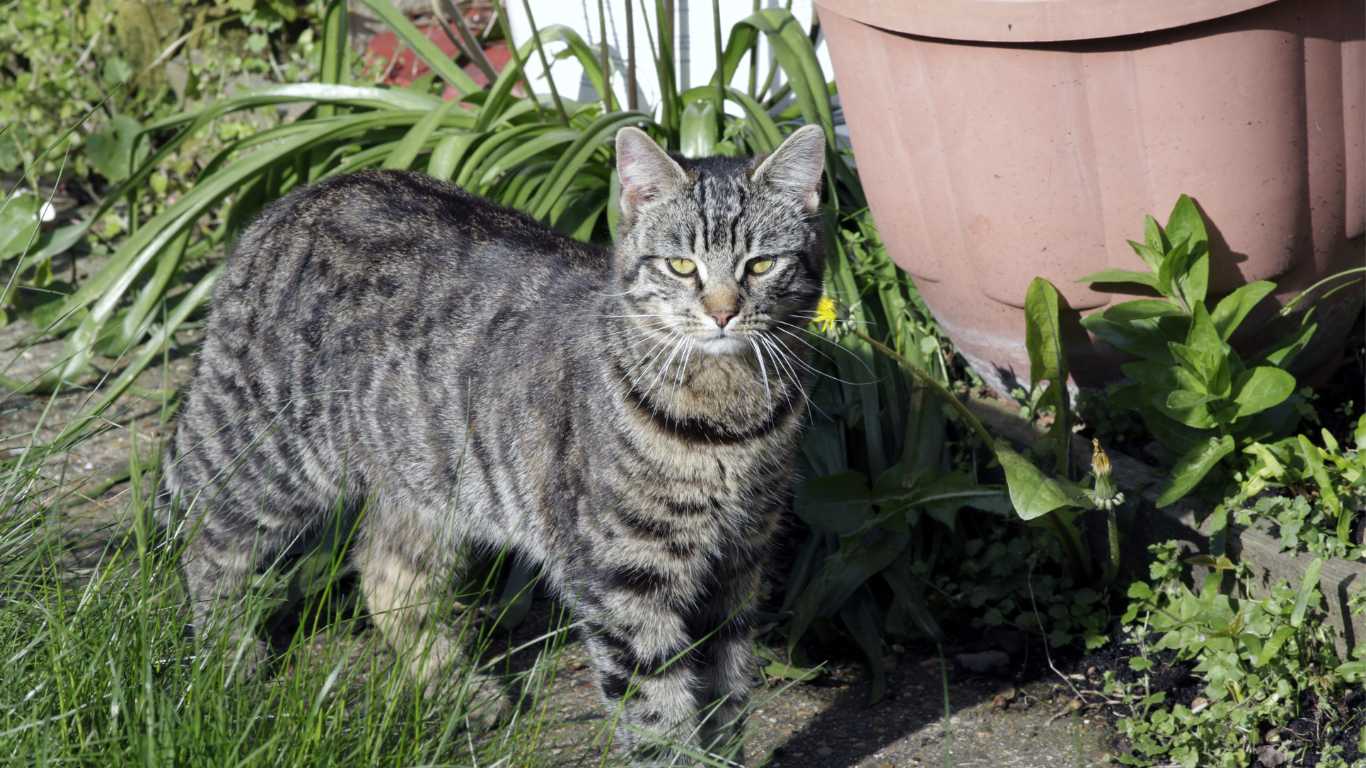
Lifespan and Factors Affecting Mackerel Tabby Cats’ Longevity
Mackerel tabby cats have a lifespan that typically ranges from 15 to 20 years. However, several factors can influence their longevity and overall health. Here are some key considerations:
Diet and Nutrition
A healthy diet plays a vital role in promoting the wellbeing of mackerel tabby cats. Providing them with high-quality cat food that is specifically formulated for their nutritional needs is crucial. A balanced diet ensures they receive essential nutrients, vitamins, and minerals to support their overall health and longevity.
Exercise and Mental Stimulation
Mackerel tabby cats, like all felines, need regular exercise and mental stimulation to maintain a healthy weight and prevent obesity-related issues. Playtime activities, interactive toys, and scratching posts can keep them physically active and mentally stimulated. Engaging in play also helps strengthen the bond between you and your furry friend.

Genetic Factors
Genetics can influence the lifespan of mackerel tabby cats. While tabby cats, including mackerel tabbies, are generally known for their robust health, certain genetic traits or medical histories may make them more susceptible to specific diseases or conditions. Regular veterinary check-ups and early detection of any health concerns can help manage these genetic factors effectively.
“By providing a nutritious diet, regular exercise, and monitoring their genetic health, you can help ensure a long and healthy life for your beloved mackerel tabby companion.”
r
Understanding and addressing these factors can significantly contribute to the lifespan and wellbeing of your mackerel tabby cat. By providing a nurturing environment, a balanced diet, ample exercise, and regular veterinary care, you can help ensure a long and fulfilling life for your furry friend.
Time Outside and Indoor Living for Mackerel Tabby Cats
Mackerel tabby cats, like other feline companions, may enjoy spending time outside exploring and experiencing the world beyond the comforts of home. However, it is crucial to consider the potential dangers they may face in outdoor environments. Outdoor cats have an increased risk of accidents, exposure to diseases, and encounters with predators.
Ensuring the safety and longevity of your mackerel tabby is best achieved by keeping them indoors. Indoor living provides a controlled and protected environment that minimizes the risks associated with outdoor dangers. By keeping your tabby cat inside, you are not only protecting them from potential harm but also extending their lifespan.
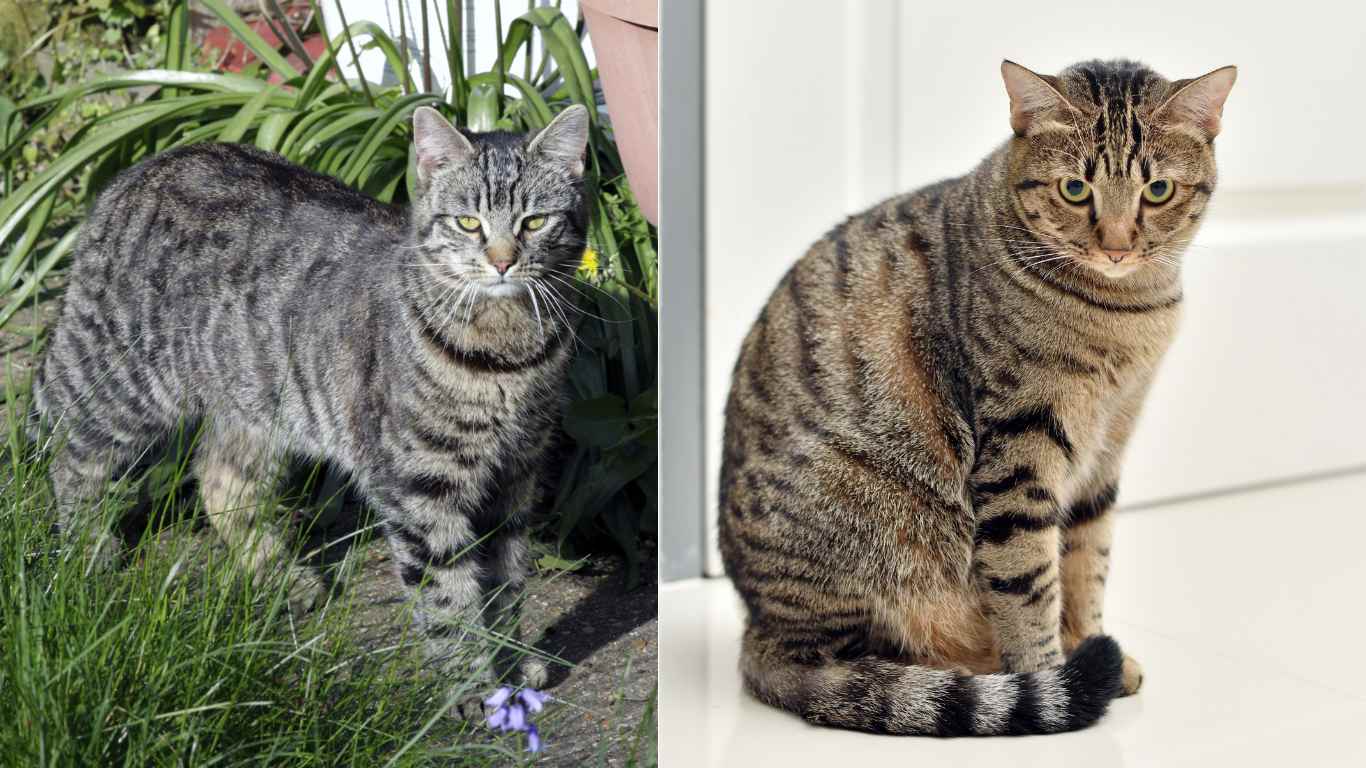
However, it’s important to provide indoor cats, including mackerel tabbies, with stimulation and enrichment to keep them mentally and physically active. Interactive toys, scratching posts, and climbing structures can help simulate the natural exploratory behavior of outdoor cats. Creating a stimulating indoor environment will prevent boredom and promote their overall well-being.
Outdoor Dangers for Mackerel Tabby Cats
When cats roam outdoors, they are exposed to a range of potential dangers:
- Accidents: Outdoor cats face a higher risk of being hit by vehicles or getting injured in fights with other animals.
- Diseases: Outdoor environments can expose cats to various diseases, including feline immunodeficiency virus (FIV) and feline leukemia virus (FeLV).
- Predators: Outdoor cats may encounter larger predators, such as coyotes or dogs, that pose a threat to their safety.
By keeping your mackerel tabby cat indoors, you are minimizing these risks and ensuring their safety and well-being.
Did You Know? Indoor cats typically live longer than outdoor cats due to reduced exposure to dangers and diseases
Providing a safe and stimulating indoor environment is key to keeping your mackerel tabby cat happy and healthy. Remember, while they may enjoy a little time outside, their overall well-being and longevity are best served by keeping them indoors where they can be protected from outdoor dangers.
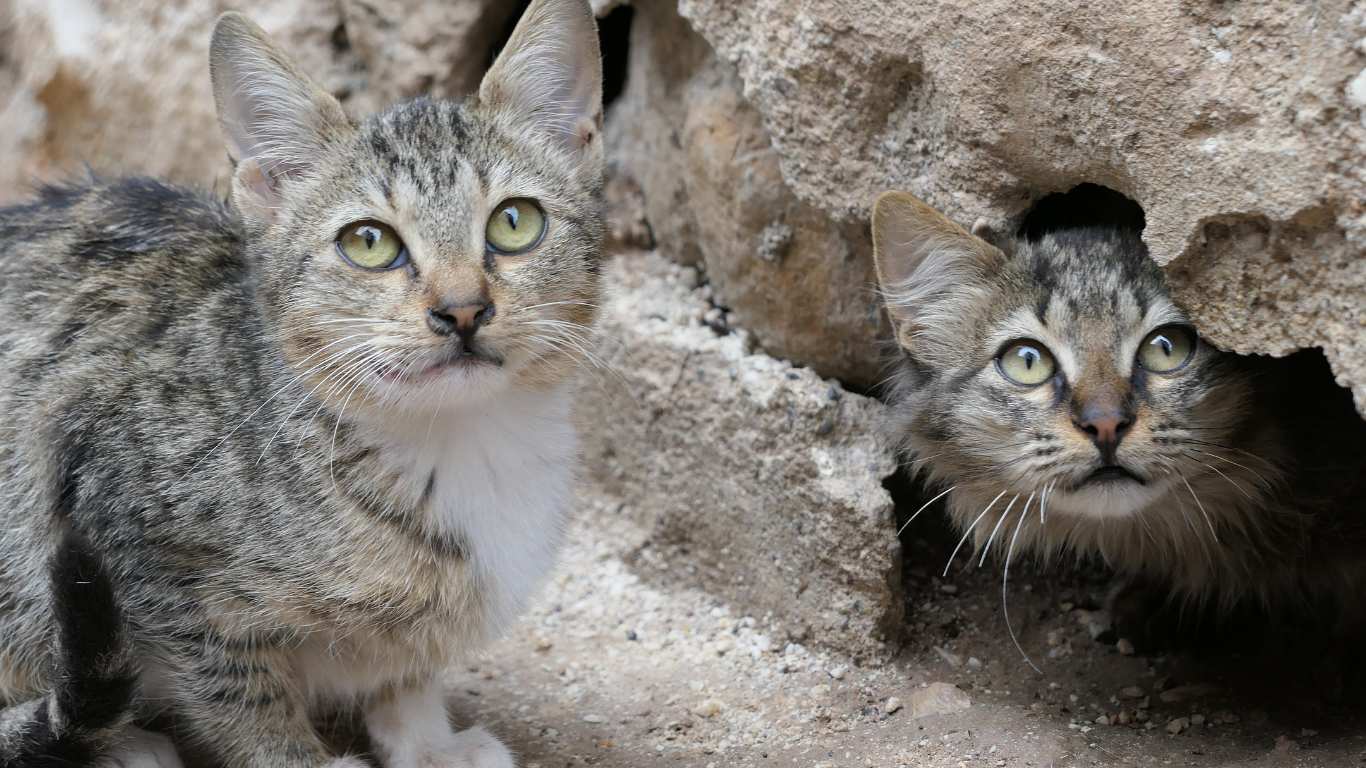
Fun Facts About Mackerel Tabby Cats
Did you know that mackerel tabby cats have a fascinating history and unique characteristics that set them apart? Here are some fun facts about these beloved feline friends:
- Association with witches: During the 16th and 17th centuries, mackerel tabby cats were often associated with witchcraft and were believed to be the companions of witches. This superstition led to the unjust persecution of these innocent creatures.
- Iconic “M” shaped marking: One of the most recognizable features of mackerel tabby cats is the “M” shaped marking on their foreheads. This distinctive pattern is believed to have ancient Egyptian roots and adds to their allure and charm.
- Playful and active nature: Mackerel tabby cats are known for their playful and active personalities. They love interactive toys, climbing, and exploring their surroundings. Keep them engaged with plenty of playtime to satisfy their curious nature.
Fun Fact: Did you know that Morris, the famous orange tabby cat, gained popularity as the commercial mascot for 9lives cat food? His charming personality and adorable looks made him a beloved feline celebrity.
“Cats are connoisseurs of comfort.”
James Herriot
While every cat is unique, mackerel tabbies typically have a lifespan ranging from 10 to 15 years. However, with proper care, indoor cats tend to live longer than their outdoor counterparts due to reduced exposure to potential dangers and hazards.
Stay tuned for more fascinating insights into the world of mackerel tabby cats!
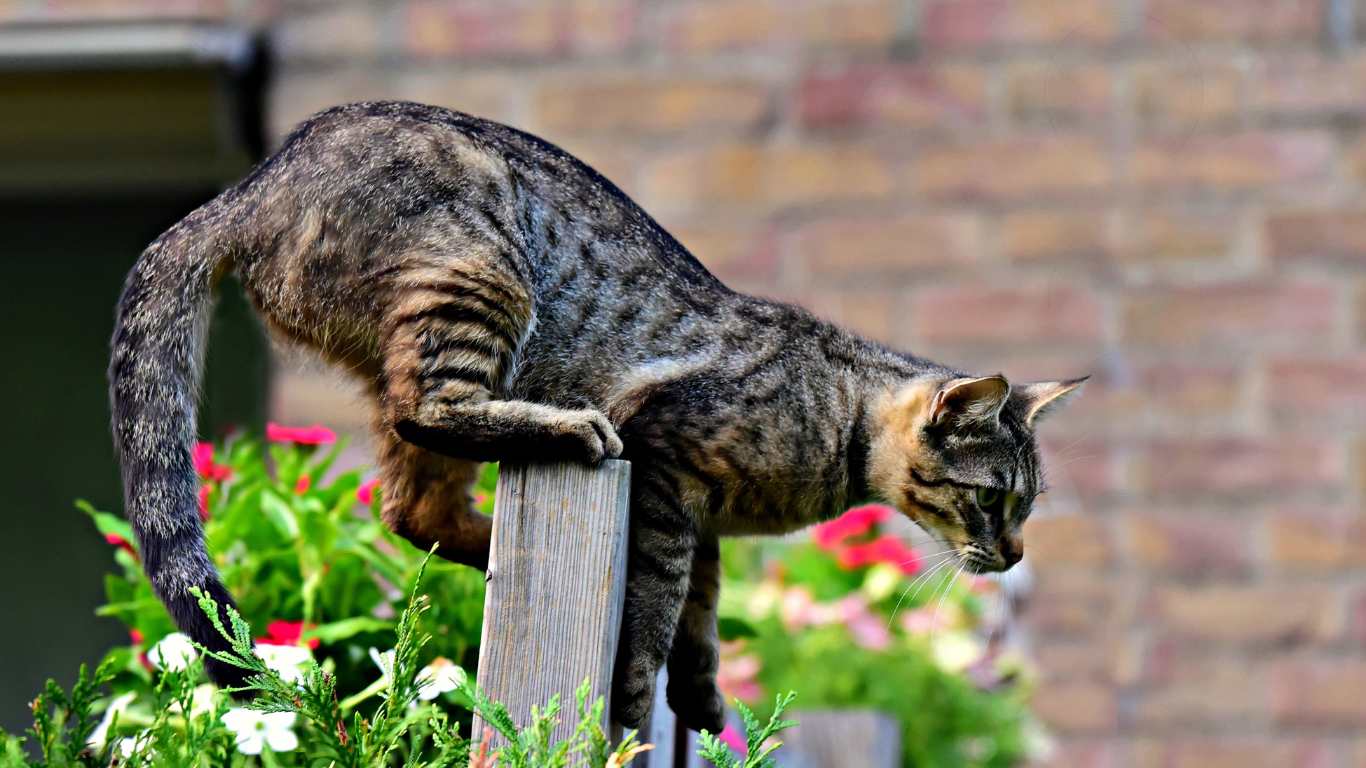
Notable Cat Breeds with Mackerel Tabby Coats
If you’re a fan of mackerel tabby cats and their unique coat patterns, you’ll be delighted to know that they can be found in several cat breeds. Each breed brings its own distinct characteristics and traits to the table. Here are some notable cat breeds that often exhibit mackerel tabby coats:
Abyssinian
- Known for their friendly and active nature
- Medium-sized cats with a regal appearance
- Mackerel tabbies may exhibit a warm and reddish coat color
American Bobtail
- Playful and interactive breed
- Bobbed tails that are unique to the breed
- Mackerel tabbies may showcase a variety of coat colors and patterns
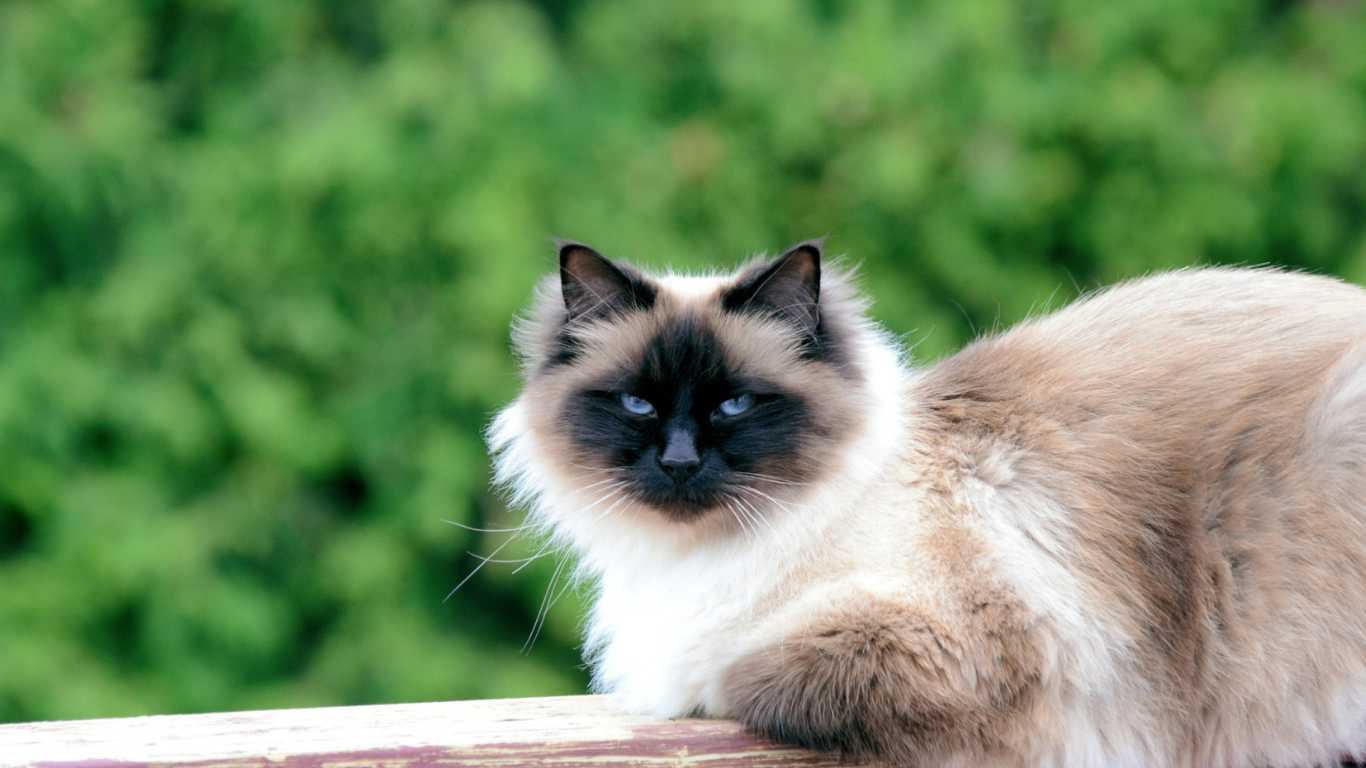
Birman
- A large breed with a pointed coat pattern
- Mackerel tabbies may have a luxurious and silky coat
- Known for their gentle and affectionate nature
Oriental
- A slender and intelligent breed
- Comes in a wide range of coat colors and patterns
- Mackerel tabbies may display bold and striking coat stripes
Scottish Fold
- Known for their unique folded ears
- Can have a variety of coat colors and patterns, including mackerel tabby
- Friendly and adaptable temperament
These are just a few examples of cat breeds where you may find mackerel tabby coats. If you’re considering adding a mackerel tabby cat to your family, exploring these breeds can be a great starting point.
Join the Pet Planet Diaries
Sign up for our newsletter to get the latest tips, stories, and exclusive insights into the wonderful world of pets.
Final Remarks
Mackerel tabby cats are truly remarkable creatures, with their unique coat patterns and distinctive markings. Whether you’re drawn to their fishbone-like stripes or their mesmerizing M-shaped markings on their foreheads, these feline beauties are sure to captivate any cat lover’s heart.
But it’s not just their stunning appearance that makes mackerel tabbies special. These cats are known for their playful and affectionate nature, always ready to engage in interactive games and shower their owners with love and attention. Their intelligence and problem-solving skills also add to their charm, making them a delightful companion for anyone lucky enough to share their home with a mackerel tabby.
To ensure the health and happiness of your mackerel tabby, it’s important to provide them with proper care. This includes offering a nutritious diet tailored to their needs, engaging them in regular exercise and playtime, and creating a safe and stimulating environment for them to thrive in. With the right care and attention, your mackerel tabby can enjoy a long and fulfilling life as a beloved member of your family.
FAQ
What is a mackerel tabby cat?
A mackerel tabby cat is a domestic cat with a coat pattern characterized by distinct stripes that resemble a fish skeleton.
Are mackerel tabby cats a specific breed?
No, mackerel tabby is a coat pattern that can be found in various cat breeds.
What are the physical characteristics of a mackerel tabby cat?
Mackerel tabbies typically have an M-shaped marking on their forehead and a striped pattern on their bodies, legs, and tails.
Are mackerel tabby cats intelligent?
Yes, mackerel tabby cats are known to be intelligent animals.
How do mackerel tabby cats inherit their coat pattern?
Mackerel tabby cats inherit their coat pattern from the tabby gene, which comes in two variations – the dominant agouti gene and the recessive non-agouti gene.
What are the different types of tabby markings?
The different types of tabby markings include classic, mackerel, spotted, ticked, and patched.
What is the temperament of a mackerel tabby cat?
Mackerel tabby cats can have varying temperaments depending on their breed, but they are commonly described as playful, active, and curious.
What are the colors of mackerel tabby cats?
Mackerel tabby cats can come in various colors such as blue, brown, cream, red, and silver.
How long do mackerel tabby cats live?
The lifespan of a mackerel tabby cat can range from 15 to 20 years, depending on various factors such as genetics and overall health.
Should mackerel tabby cats be kept indoors or outdoors?
It is generally recommended to keep mackerel tabby cats indoors to ensure their safety and longevity, although they can enjoy supervised time outside.
Are there any interesting facts about mackerel tabby cats?
Yes, some interesting facts about mackerel tabby cats include their association with witches in the past, their iconic M-shaped marking, and their playful and active nature.
Which cat breeds can have mackerel tabby coats?
Some notable cat breeds that can have mackerel tabby coats include the Abyssinian, American Bobtail, Birman, Oriental, and Scottish Fold.


